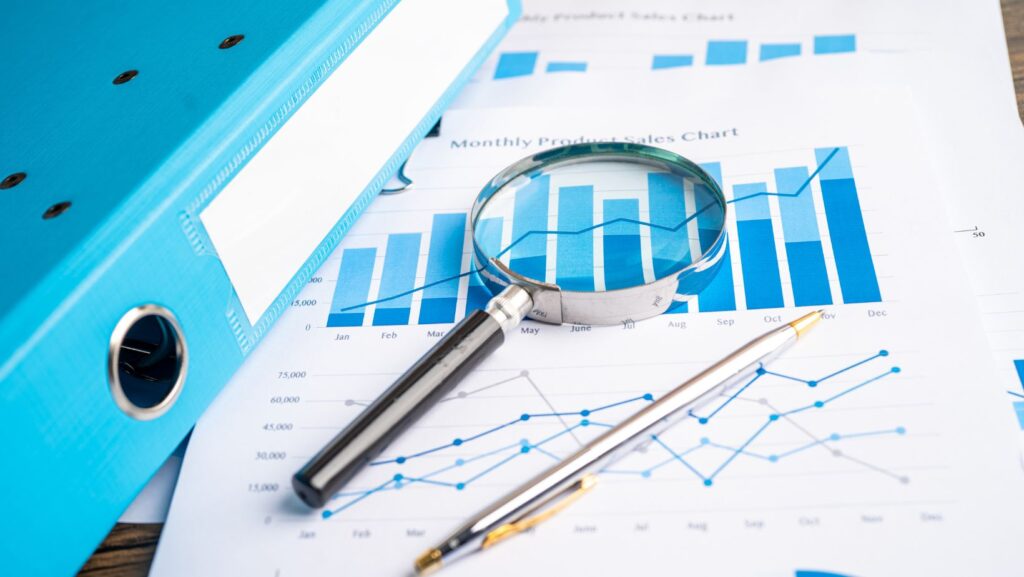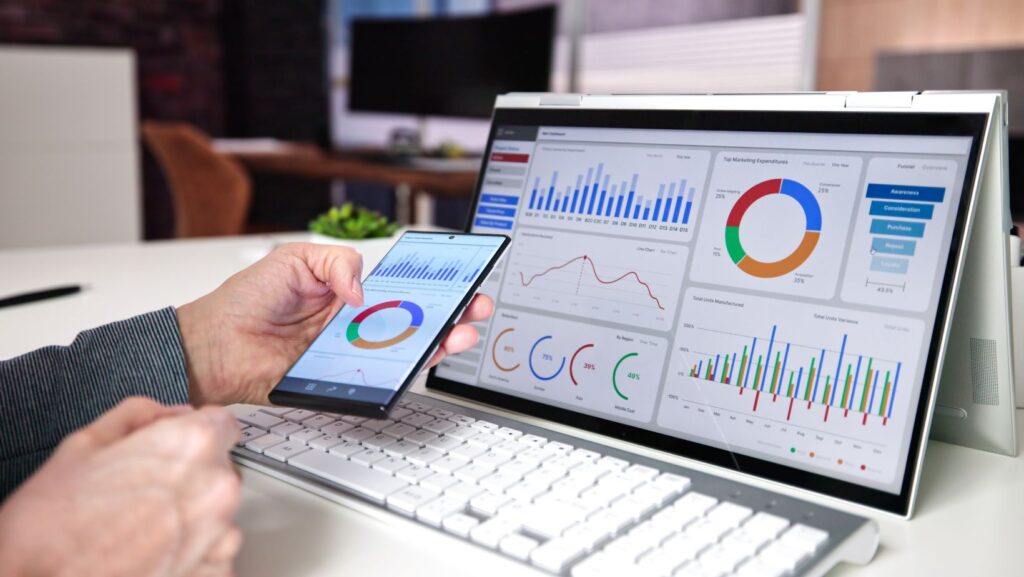Social media ain’t just for sharing pictures and connecting with friends anymore — now it’s a big moneymaker for businesses aiming to reach and engage consumers in a way they never have before. Brands use it to chat with customers, raise awareness, and, of course, sell things. But here’s the thing: just throwing stuff up there isn’t going to cut it. If you want to stand out, you need to understand what is succeeding, what is failing, and why. This is where social media analytics enters the picture.
In terms of social media, analytics is essentially data that helps inform those managing social and marketing in their business as to how good (or bad) their efforts are. By paying attention to engagement, reach, sentiment, and all those numbers, businesses can discover real insights that make their social strategy stronger.
But if you’re done just letting “likes” dictate your decisions and what you need is to understand how your followers really feel, what they think, or even what they expect from your brand or business – well then, yeah – you need to be digging into social media analytics.
What is social media analytics?
At its heart, social media analytics is all about using data to shape and improve a brand’s social media plan. Just like data analytics in other areas, it answers important questions—like what trends are catching fire, how your audience behaves, and whether your campaigns are even working.
It doesn’t stop at just “oh, 500 people saw my post.” Nope. It goes deeper. It asks why people engage, what they are saying about your brand, and how you stack up against the competition. This is where social media competitor analysis also plays a big role, because it allows you to see how you measure against industry rivals and find opportunities to do better.
Take this example: your post got thousands of views but barely a few likes or shares. Analytics can tell you if the problem is your targeting, the timing, or maybe your message was just off. With that info, marketers can adjust content, respond better to customers, and basically hit the bullseye with future campaigns.

To do all this, brands use special analytics tools that collect data from social platforms. These tools don’t just show vanity metrics (like follower count), they reveal how people feel about your brand. That way, you can tweak your approach to get better sales, improve your reputation, and boost customer experience.
Why do you even need social media analytics?
Without analytics, running social media is like throwing darts in the dark. You might hit something, but chances are, you’ll just waste energy. Here’s why analytics is so valuable:
1. Tailor your content
Analytics shows you which posts your audience likes. Maybe they’re more into short videos than long blogs, or maybe they love educational stuff over promotions. Knowing this helps you create content that works, and yes—boosts ROI.
2. Respond to trends quickly
Social media changes super fast. What’s hot today might be gone tomorrow. Using social media analytics tools, brands can react fast to hashtags, feedback, or even PR issues before they blow up.
3. Improve products & services
People talk a lot online—about what they like and what annoys them. By listening, you get direct feedback to improve your product or even create new ones.
4. Spy (Nicely) on competitors
Analytics tools let you see how your competitors are doing—what’s working for them and what’s flopping. You can use that info to make smarter moves and grab opportunities they miss.
5. Prove results to the boss
At the end of the day, it’s all about business goals—sales, customers, retention. Analytics gives you reports and data that prove ROI. That way, teams can justify budgets and make decisions with confidence.
Social media insights: 6 Key metrics you should track
Not every number is important. Focus on the ones that help you take action. Here’s the top six:
1. Performance
Metrics like engagement (likes, comments, shares), CTR, follower growth, and reach. If you’ve got reach but no engagement, something’s off.
2. Audience
Breakdown of age, gender, location, and interests. Helps you know who you’re talking to and refine targeting.
3. Sentiment
Are people talking positively, negatively, or just neutrally about you? Sentiment analysis gives you that answer.
4. Competitor analytics
See how often they post, their engagement rates, and customer reactions. Gives you an edge.
5. Paid social metrics
If you’re spending money, you need to track it. CPC, CTR, conversions, and total spend show you where the money’s working.
6. Influencer analytics
Not every influencer is worth it. Analytics helps figure out who’s bringing results and who’s just hype.
How do you start with social media analytics?
It’s not rocket science. Here’s a simple plan:
- First, set your goals (sales, awareness, engagement).
- Then, choose the right tools.
- Focus on the right metrics (performance, sentiment, ROI).
- Study the data, look for patterns, and find weak spots.
- Adjust your content and campaigns accordingly.
- Share reports with your team to show what’s working.
Final thoughts
At the end of the day, social media analytics is not just about numbers — it’s about people. It’s telling you not only what they think and feel, what they like or don’t like, but also how to reach and connect with them better as a brand.
In an increasingly competitive world, guessing can no longer cut it. Data-driven strategies are your competitive advantage. With the right tools and attitude towards it, analytics can change your social media from “posting content” into a real growth engine for your business.


